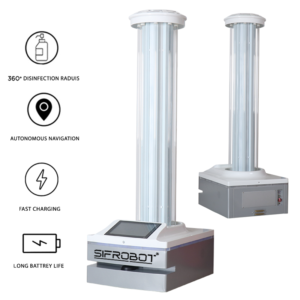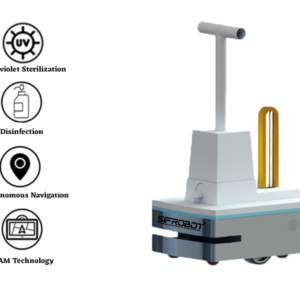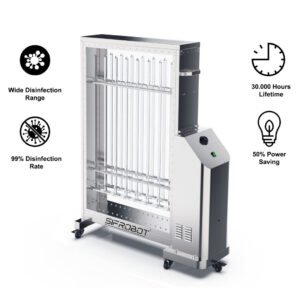The difference between UV-Lights
The most common form of UV radiation is sunlight, which produces three main types of UV rays:
- UVA
- UVB
- UVC
The three types of UV radiation are classified according to their wavelength. They differ in their biological activity and the extent to which they can penetrate the skin. The shorter the wavelength, the more harmful the UV radiation. However, shorter wavelength UV radiation is less able to penetrate the skin.
Short-wavelength UVC is the most damaging type of UV radiation. However, it is completely filtered filtered out by ozone in the atmosphere long before it reaches our fragile skin.
This relatively obscure part of the spectrum consists of a shorter, more energetic wavelength of light. It is particularly good at destroying genetic material – whether in humans or viral particles.
UVC kills microorganisms. Since the finding in 1878, artificially produced UVC has become a staple method of sterilization – one used in hospitals, airplanes, offices, and factories every day. Crucially, it’s also fundamental to the process of sanitizing drinking water; some parasites are resistant to chemical disinfectants such as chlorine, so it provides a fail safe.
The radiation warps the structure of their genetic material and prevents the viral particles from making more copies of themselves.
UVC light has already been in use in the fight of Covid-19. In hospitals, public places, banks and buss, etc.. Following a guidance issued by the National Health Commission, a Shanghai public transport company uses UV light on the bus interiors and exteriors as a way of disinfection. According to the company, the process takes 5 to 7 minutes per bus and kills more than 99.9 per cent of viruses, as reported by AFP.
References: Ultraviolet (UV) Radiation, Ultraviolet radiation and the INTERSUN Programme.
[launchpad_feedback]



